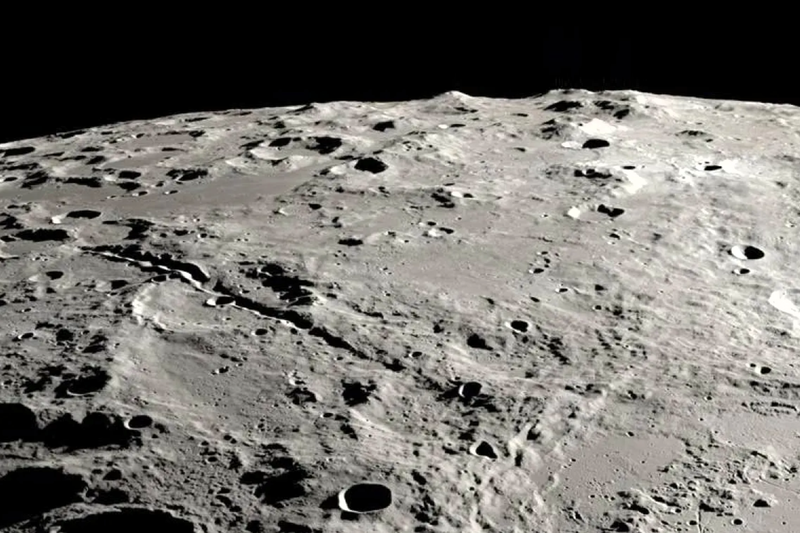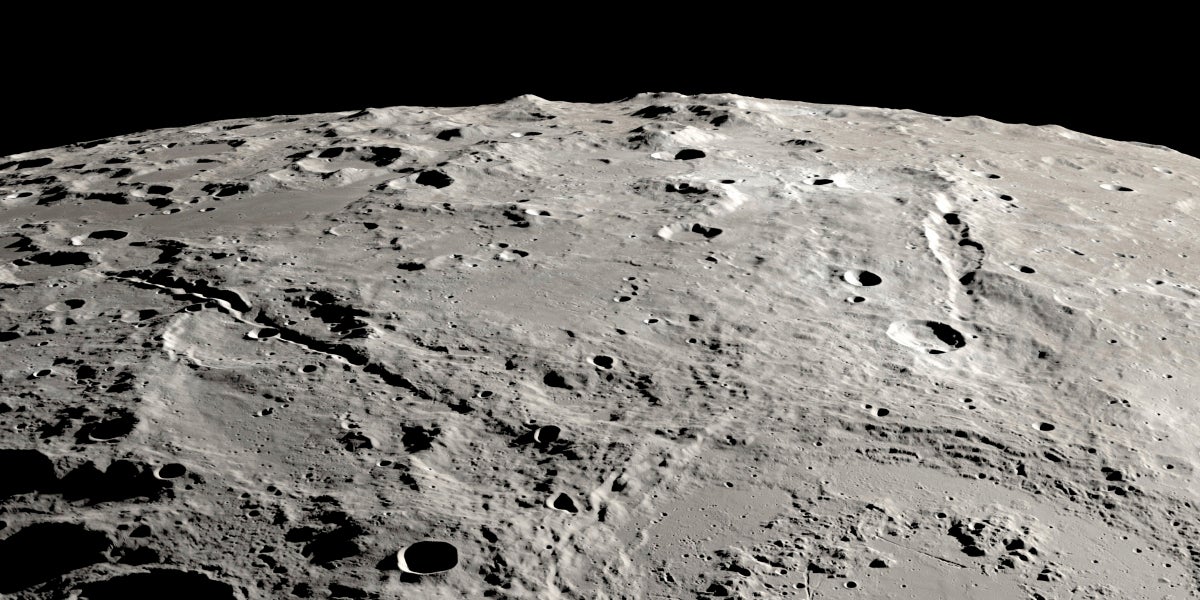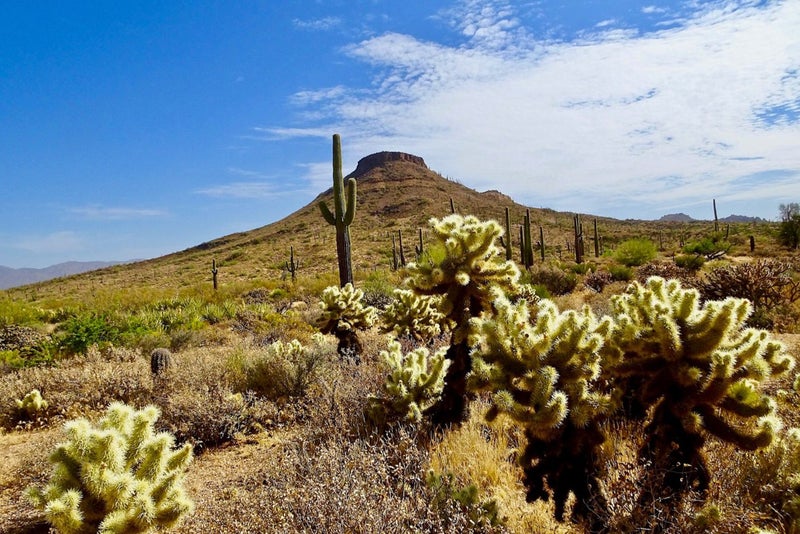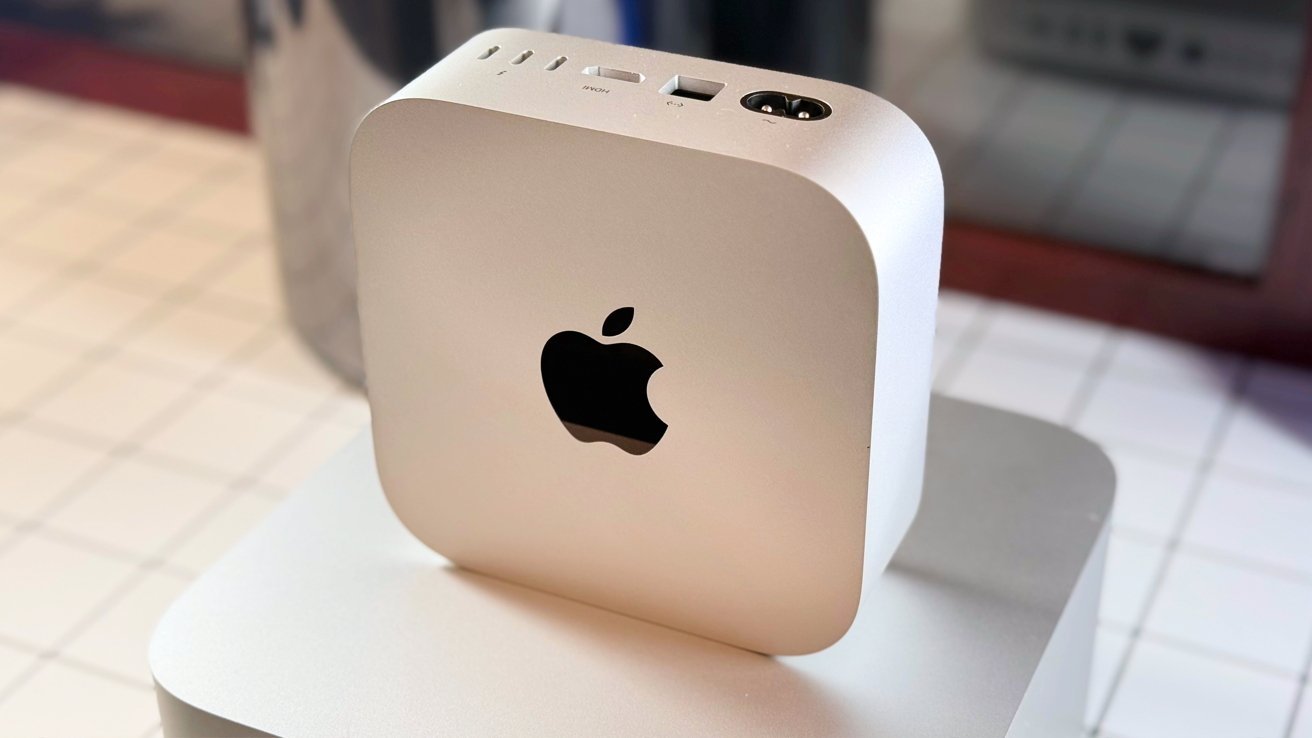The lunar Grand Canyon: Our moon has two gigantic basins that were carved out in just 10 MINUTES (despite being even bigger than the one in Arizona!)
The lunar Grand Canyon: Our moon has two gigantic basins that were carved out in just 10 MINUTES (despite being even bigger than the one in Arizona!)
Share:
A visit to the Grand Canyon is a true bucket list item for anyone on a US road trip. But Arizona isn't the only place where an ambitious explorer can find a Grand Canyon. NASA’s Lunar Reconnaissance Orbiter has snapped pictures of two gigantic basins on the lunar surface. Named Vallis Schrödinger and Vallis Planck, these measure 168 miles (270 km) long and 1.7 miles (2.7 km) deep, and 174 miles (280 km) long and 2.2 miles (3.5 km) deep, respectively.
![[The canyons, named Vallis Schrödinger and Vallis Planck, are just as long as the Grand Canyon (pictured) and over three times as deep at their lowest points]](https://i.dailymail.co.uk/1s/2025/02/04/14/94848351-14358649-image-a-32_1738679721150.jpg)
That makes them just as long as the Grand Canyon and more than three times as deep at their lowest points. While Earth's canyon was formed by the Colorado River over six to seven million years, the researchers say these were carved out in just 10 minutes. The moon's canyons stretch out from the Schrödinger impact basin, a 200-mile-wide (320 km) crater located near the moon's south pole, which was formed when a meteor slammed into the lunar surface.
![[The Schrödinger impact basin (right and down from centre) is extremely close to the South Pole. On this map you can also see the two Lunar Grand Canyons stretching away from the crater to the right and downwards]](https://i.dailymail.co.uk/1s/2025/02/04/14/94848813-14358649-image-a-37_1738680105661.jpg)
The researchers think that these lunar valleys were cut into the rock by a stream of rocks thrown out from that violent impact 3.81 billion years ago. NASA’s Lunar Reconnaissance Orbiter has snapped stunning pictures of the moon's answer to the Grand Canyon (pictured), two enormous valleys carved into the lunar surface. The canyons, named Vallis Schrödinger and Vallis Planck, are just as long as the Grand Canyon (pictured) and over three times as deep at their lowest points.
![[Vallis Schrödinger and Vallis Planck measure 168 miles (270 km) and 174 miles (280 km) long respectively. On average Vallis Plank is almost a kilometre deeper than the Grand Canyon, as shown in this diagram]](https://i.dailymail.co.uk/1s/2025/02/04/13/94845157-14358649-image-a-26_1738675457425.jpg)
The Schrödinger impact basin is located on the outer margins of the moon's 1,500-mile-wide (2,400 km) South Pole–Aitken basin. Scientists believe it was formed when a large meteor tore into the lunar surface, creating an extremely violent explosion and tossing debris up to 310 miles (500km) from the crater rim. Lead author Dr David Kring, a space geologist from the Lunar and Planetary Institute, told MailOnline: 'Variations in the crust of the Moon may have generated concentrated streams of rock within the curtain of debris that was ejected to form the crater.'.
![[Researchers say these canyons were carved into the moon by streams of rock ejected by a meteor impact which formed the Schrödinger crater (pictured)]](https://i.dailymail.co.uk/1s/2025/02/04/13/94845151-14358649-image-a-27_1738675518200.jpg)
This led to debris falling in long, straight lines called ejecta rays which created deep channels of overlapping craters like Vallis Schrödinger and Vallis Planck. 'Such rays are commonly observed on the Moon. For example, backyard astronomy enthusiasts will be familiar with the rays around Tycho and Copernicus craters on the near side of the Moon,' says Dr Kring. Now, using photographs from NASA's probe, researchers have created a three-dimensional map of these valleys to model the direction and speed of the debris flow.
![[As the debris from the impact fell down to the moon, it produced long lines of overlapping craters (highlighted green) which formed the canyons in just ten seconds]](https://i.dailymail.co.uk/1s/2025/02/04/13/94845159-14358649-As_the_debris_from_the_impact_fel_down_to_the_moon_it_produced_l-a-28_1738675587858.jpg)
In their paper, published in Nature Communications, the researchers calculate that the debris must have been travelling at speeds between 2,125 and 2,863 miles per hour (3,420-4,608 kmph). In turn, this velocity suggests that the fragments which formed the canyon would be between two and five per cent the size of the original meteor. The Schrödinger impact basin (right and down from centre) is extremely close to the South Pole. On this map you can also see the two Lunar Grand Canyons stretching away from the crater to the right and downwards.
![[The researchers estimated that the canyons (pictured) were formed using 130 times the energy of the world’s total inventory of nuclear weapons]](https://i.dailymail.co.uk/1s/2025/02/04/13/94844175-14358649-image-a-21_1738674925496.jpg)
Vallis Schrödinger and Vallis Planck measure 168 miles (270 km) and 174 miles (280 km) long respectively. On average Vallis Plank is almost a kilometre deeper than the Grand Canyon, as shown in this diagram. That means each fragment could have been up to 1,250 metres wide - more than 60 times larger than the Chelyabinsk meteor which exploded over Russia in 2013. Dr Kring says: 'The energy to produce the two grand canyons of the moon was equal to 130 times the energy of the world’s total inventory of nuclear weapons.
![[By tracing the canyons back to where they overlap, the researchers predict the original meteor's likely impact point. This suggests that most of the debris would have been thrown away from the South Pole, this is good news for NASA which plans to land its Artemis Missions to the south of the Schrödinger basin]](https://i.dailymail.co.uk/1s/2025/02/04/13/94842777-14358649-By_tracing_the_canyons_back_to_where_they_overlap_the_researcher-a-29_1738675723801.jpg)
'The research shows that lunar canyons the size of Earth’s Grand Canyon can form in minutes rather than millions of years. Impact-generated streams of rock on the Moon are far more capable of carving canyons than is water on Earth.'. By tracing the ejecta rays back to the point where they meet, the researchers have also been able to identify the meteor's probable impact location. Interestingly, this point is not at the centre of the Schrödinger crater as you might expect, but rather further to the South at 78.2° South and 143.7° East.
This detail implies that the meteor probably hit the lunar surface at a fairly low angle, spraying debris away from the moon's South Pole. Beyond being an interesting geological detail, this is extremely good news for NASA's upcoming Artemis moon landing mission currently scheduled for 2026. The intended Artemis landing site is just 77 miles (125 km) from the rim of the Schrödinger basin. Researchers say these canyons were carved into the moon by streams of rock ejected by a meteor impact which formed the Schrödinger crater (pictured).
As the debris from the impact fell down to the moon, it produced long lines of overlapping craters (highlighted green) which formed the canyons in just ten seconds. The researchers estimated that the canyons (pictured) were formed using 130 times the energy of the world’s total inventory of nuclear weapons. By tracing the canyons back to where they overlap, the researchers predict the original meteor's likely impact point. This suggests that most of the debris would have been thrown away from the South Pole, this is good news for NASA which plans to land its Artemis Missions to the south of the Schrödinger basin.






















